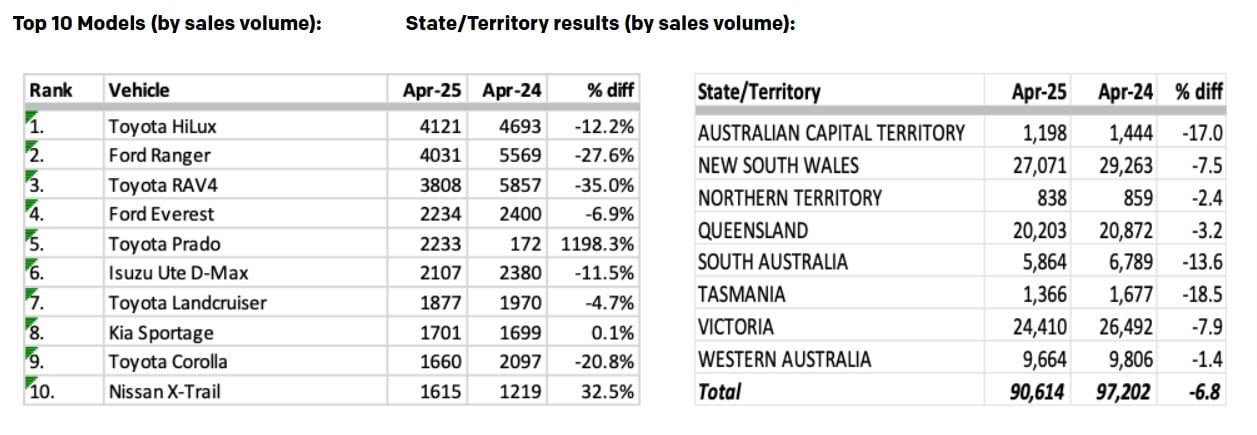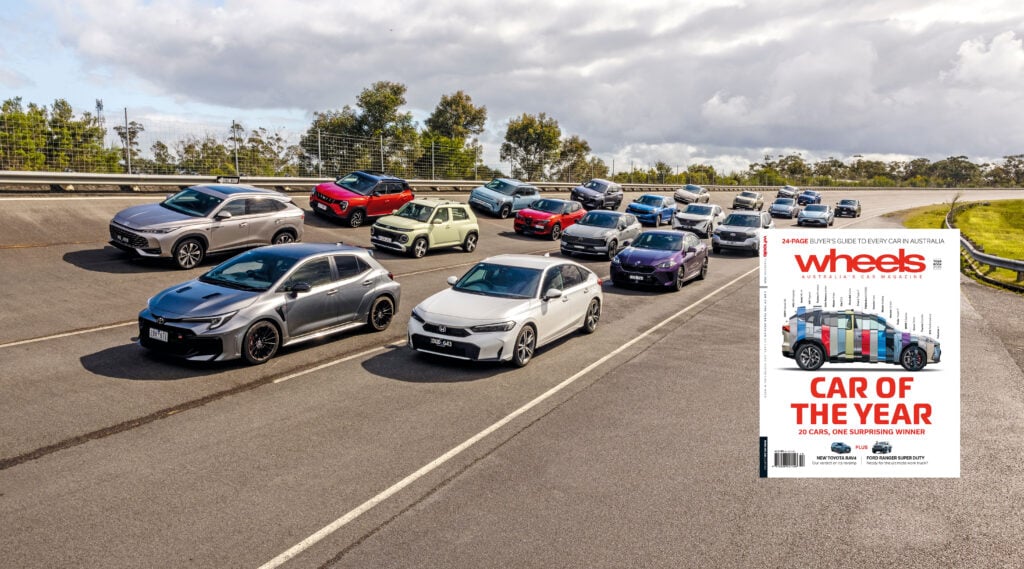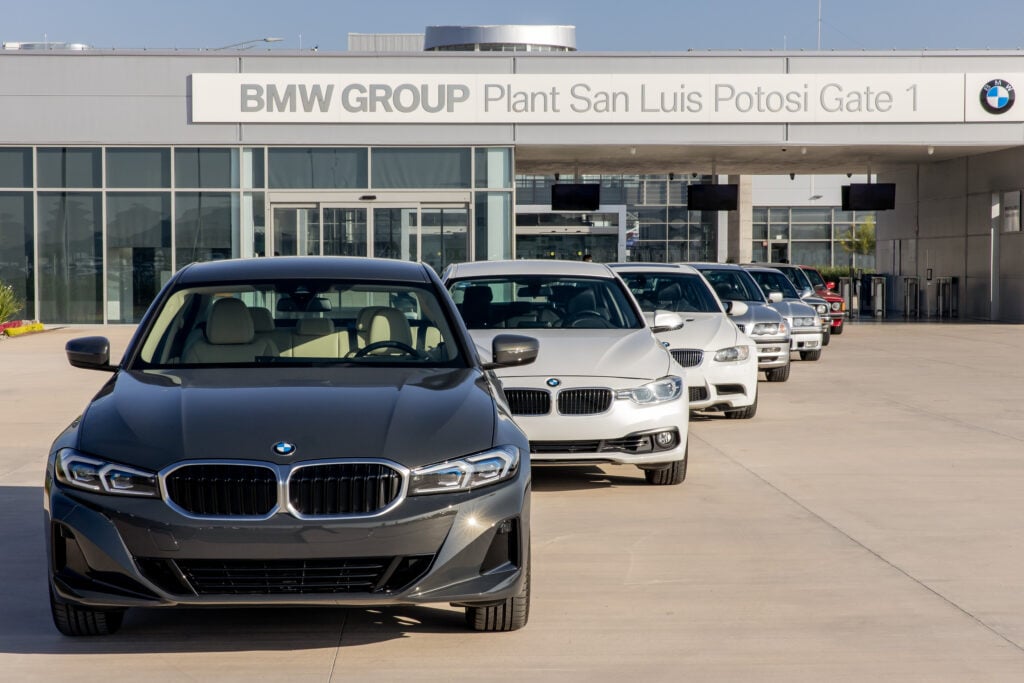
Australians bought 90,614 new vehicles in April 2025, marking a 6.8 per cent decline compared to the same month last year, according to the latest VFACTS data released by the Federal Chamber of Automotive Industries (FCAI).
The downturn was most pronounced in the plug-in hybrid electric vehicle (PHEV) segment, which saw a sharp drop following the end of the fringe benefits tax (FBT) exemption on March 31.
PHEV sales for April totalled 2,601 units, accounting for just 2.9 per cent of the market. This is a notable slide from the 4.7 per cent share recorded in the first quarter of 2025. FCAI Chief Executive Tony Weber attributed the decline to the withdrawal of tax incentives, underscoring the sensitivity of the automotive market to government policy.

“The earlier inclusion of PHEVs in the FBT exemption played a critical role in making these vehicles accessible to more Australians. Removing that support has led to an immediate and disappointing drop in demand in a price-sensitive vehicle market,” Mr Weber said.
Battery electric vehicles (BEVs) accounted for 5.9 per cent of sales in April—a modest figure that, according to Weber, highlights the challenges Australia faces in meeting its emissions reduction goals under the New Vehicle Efficiency Standard (NVES).

“For NVES to succeed, it must be supported by holistic policy settings that assist consumers to move to zero and low-emission technologies, including continued investment in recharging infrastructure,” he added.
Toyota maintained its position as the top-selling brand with 19,380 sales in April, ahead of Ford (7,334), Mazda (6,573), Kia (6,303), and Hyundai (5,547). The Toyota HiLux led individual vehicle sales with 4,121 units, narrowly beating the Ford Ranger at 4,031.

Every state and territory recorded year-on-year sales declines, with Tasmania and the ACT experiencing the steepest drops at 18.5 per cent and 17 per cent respectively, while Western Australia posted the smallest decrease at 1.4 per cent.





